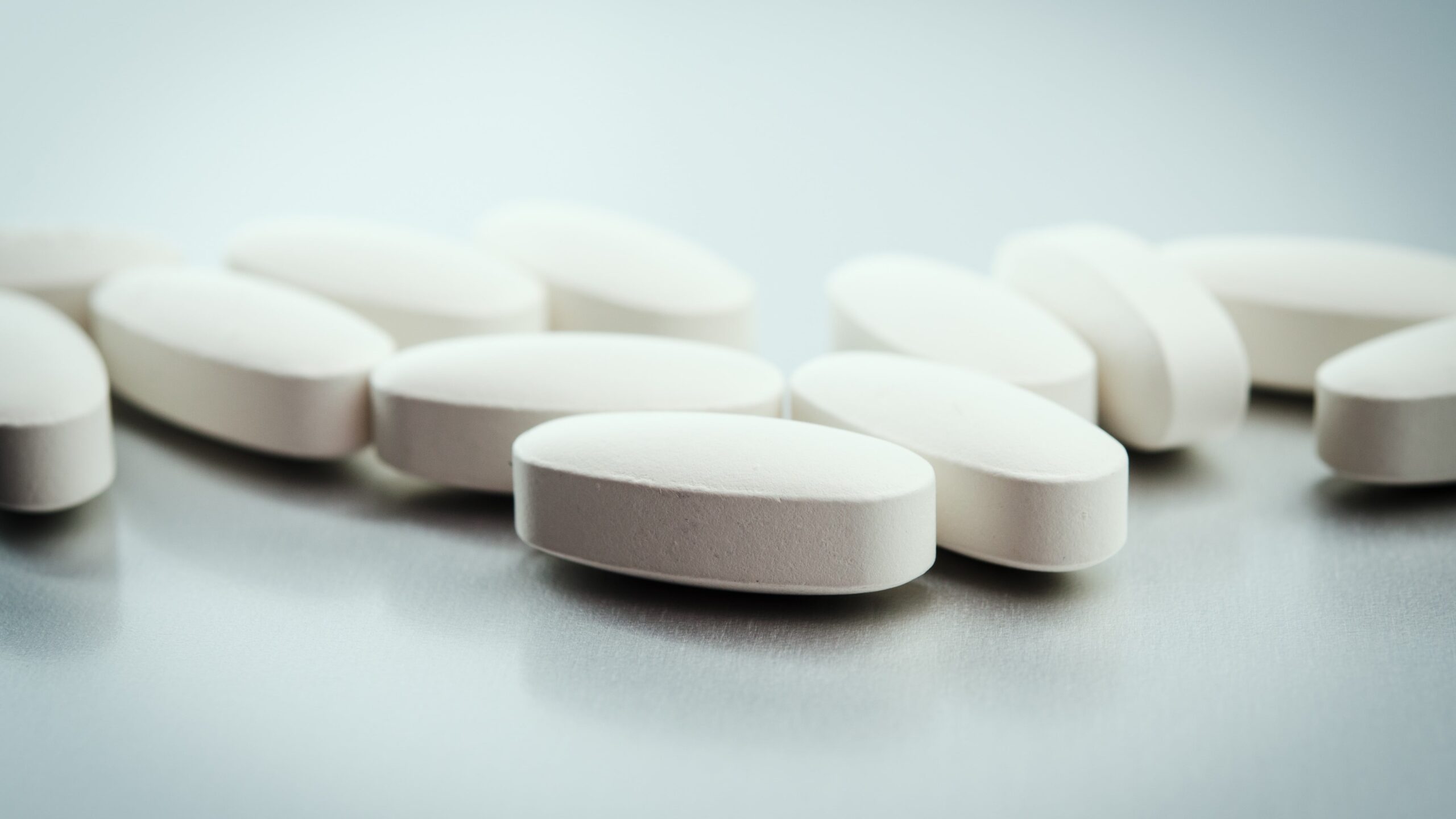
Renin-angiotensin-aldosterone system inhibitors (RAASi) are the leading treatment for diabetic kidney disease (DKD), but their use can lead to hyperkalemia. However, reducing or discontinuing RAASi therapy impacts cardiorenal benefits.
Weiming Wang, MD, and colleagues examined the efficacy of adding sodium zirconium cyclosilicate (SZC) to allow patients with stage 3-4 DKD to maintain RAASi use. They presented the results of their research in a poster titled Sodium Zirconium Cyclosilicate (SZC) to Enable Renin Angiotensin-Aldosterone System Inhibitor (RAASi) Use for Diabetic Kidney Disease: The CRYSTAL Study at ASN Kidney Week 2024.
The study was a multicenter, open-label, randomized controlled phase 4 trial. Participants had stages 3-4 DKD with hyperkalemia, defined as serum potassium >5.0 mmol/L, within 90 days prior to enrollment. Patients were randomized 1:1 to SZC treatment (SZC + RAASi) or control (RAASi-only) groups. They were followed for 24 weeks, which included 12 weeks of RAASi titration and 12 weeks of maintenance. The primary endpoint was the percentage of participants with an increased RAASi dose by week 12.
There were 86 patients in the intention-to-treat (ITT) set and 56 who adhered to study protocol (per-protocol, PP) by June 28, 2024. The mean age among the ITT set was 58.7 years, and 59.3% were male.
Analyses of both the ITT and PP sets found that a higher percentage of patients in the SZC group achieved the endpoint of increased RAASi dose (angiotensin-converting enzyme inhibitor/angiotensin II receptor blocker) by week 12 compared to the control group. In the ITT set, 55.8% of the SZC group and 27.9% of the control group achieved a higher RAASi dose (P<.05). In the PP set, 71.4% of SZC group and 28.6% of control group patients achieved a higher dose (P<.05).
A higher percentage of SZC group patients in the PP set received ≥50% of the labeled maximum dose compared to control at weeks 12 (60.7% vs 42.9%) and 24 (53.6% vs 35.7%). Between baseline and week 24, urine albumin-creatinine ratio decreased in the SZC group (-63.5 mg/g) but increased in the control group (+316.9 mg/g). Adverse events occurred in 62.8% of SZC group participants and 72.1% of the control group.
In summary, the study found that using SZC to manage hyperkalemia may help improve RAASi treatment for Chinese stage 3-4 CKD patients with diabetes and hyperkalemia. “This can facilitate the use of RAASi at higher, guideline-recommended doses to achieve its cardiorenal benefits for DKD patients experiencing hyperkalemia,” the authors said.
Source: Wang W, Gu L, Zang X, et al. Sodium zirconium cyclosilicate (SZC) to enable renin angiotensin-aldosterone system inhibitor (RAASi) use for diabetic kidney disease: the CRYSTAL study. TH-PO1170. Abstract of a poster presented at the American Society of Nephrology Kidney Week 2024; October 24, 2024; San Diego, California. Commercial support for the study was provided by AstraZeneca China.







 © 2025 Mashup Media, LLC, a Formedics Property. All Rights Reserved.
© 2025 Mashup Media, LLC, a Formedics Property. All Rights Reserved.